Venice’s Carnevale is one of the most famous festivals in the world. However, not everyone knows its fascinating origins.
The use of masks and symbolic representations during Carnevale in general are an ancient tradition, first inspired by the religious festivals of Ancient Rome, which became yearly opportunities to subvert the social order: slaves and citizens filled the city streets to participate in wild parties with dance and music.
The Carnevale di Venezia initially also had this same purpose: to give the people, especially the lower class, the opportunity of a grand celebration. The use of masks guaranteed their anonymity, therefore allowing them to elude social differences.
Carnevale made it possible to release tensions and dissatisfactions deriving from the strict moral rules and impositions of the Venetian Republic, allowing even public ridicule of authorities and aristocracy. An edict of the Senate of the Republic of Venice, dated 1296, officially declares the day before the beginning of Lent (Quaresima) a holiday.
The festival presented all kinds of events: jugglers, musicians, and dancers performed in public spaces, making everyone forget about their work and duties. The Carnevale even reached the length of 6 weeks, from December 26th to Ash Wednesday, involving public spaces, palazzi, theaters, and cafes where complete transgression was the only rule to be followed.
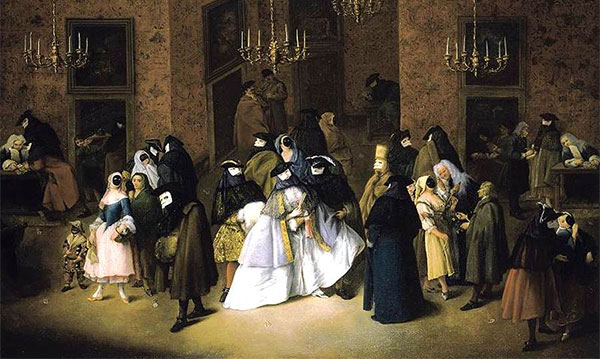
It was precisely the many parties in the Venetian palazzi that gave way to the tradition of masquerades and balls, which are organized and hosted in elegant noble palazzi still today. Over the years, they have become increasingly exclusive events in which dames and masked gentlemen come from all over the world to participate in, sharing the magic of the Carnevale di Venezia.
In the 18th Century, the Venetian Carnevale was known throughout Europe, becoming an institution and a tourist destination.
But the transgression and the anarchy resulting from the subversion of
all hierarchies in the city began to create many problems: after
sundown, mysterious criminals took advantage of their masked anonymity,
and therefore in 1339 it was forbidden to circulate around Venice in masks or Carnival costumes after dark.
The last historical Carnevale di Venezia took place in 1797: with the fall of the Serenissima Republic of Venice came the definitive prohibition of Carnival costumes, with the exception of private parties in the Venetian palazzi and of the Ballo della Cavalchina at Teatro La Fenice. The history of the Carnevale di Venezia suffered a complete and abrupt interruption, followed by the gradual extinction of all celebrations connected to it.
It is only from 1967 that the first masked and costume celebrations began to be repurposed and organized, bringing back to life the history and traditions of the original Carnevale di Venezia. For the first time, in 1979, a program was drawn up to directly involve Venetians in the festivities, thus returning to the origins of the Venetian Carnevale… a program that has been successful for almost 40 years!
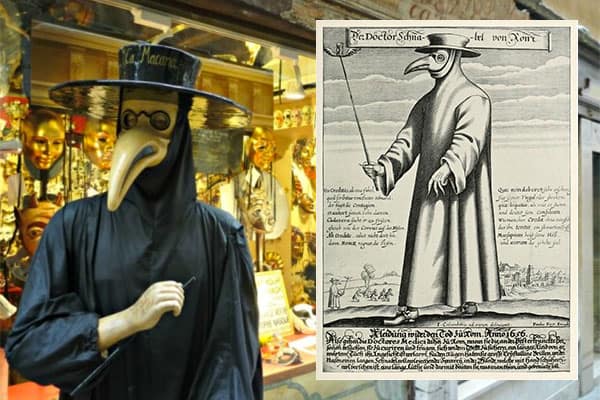
Fun fact: the Maschera del Dottore (the one with the long nose that looks like a beak) was used by doctors (dottori) during the Plague: they placed aromatic herbs (rosemary, cloves, garlic, and juniper) inside the beak to help cover the stench of plagued bodies, along with gauze soaked in vinegar and essential oils, which was thought to help protect from possible Plague infection. Today, this “medical attire” is considered one of the most typical Venetian masks.
In order to experience these celebrations like a true Venetian, The Red House Company recommends:
Festa sull’acqua (Celebration on water), the show that inaugurates the 2019 edition of the Carnevale di Venezia.
Saturday, 16th February: free access to the two performances of the show, at 7 pm and 9 pm.
The show takes place on the water, where boats and floating devices
become the stage for aerial dances and light shows. The appointment is
on the canal of Rio di Cannaregio (the one that flows under Ponte delle
Guglie), but the best view is from Ponte dei Tre Archi!
From this privileged position, you will be able to see the boats pass
right under your feet with dancers rising up in the air. This is
certainly where you will be able to snap the best photos!
Venice Carnival 2019 | Official website: www.carnevale.venezia.it/en/
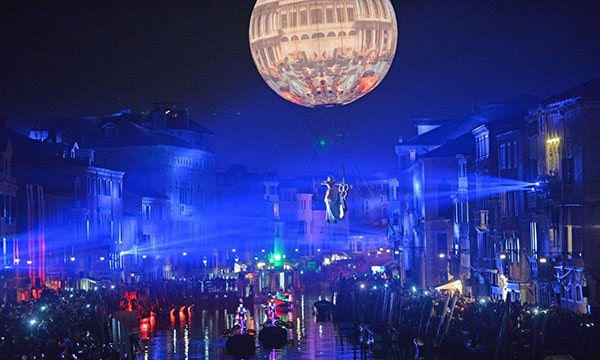
The frittella: the traditional pastry of the Venetian Carnevale
Everyone eagerly waits for this time of year because it is the only
period in which the numerous patisseries and bakeries in the city make
it: the frittella, what Venetian call ‘ea fritoa’.
Loved by everyone, children and adults, it has always been considered
the official pastry of the Serenissima Republic of Venice. It was
produced exclusively by fritoleri, who formed a guild that lasted from the 17th Century until the end of the 1800s. Where can you taste the best frittella in the city? We recommend Pasticceria da Tonolo,
located in Calle San Pantalon 3764 (near Campo San Pantalon). Here, you
can decide which filling you prefer: cream, zabaglione, chocolate, or
apple. Or the classic one, the veneziana, accompanied by a good espresso!
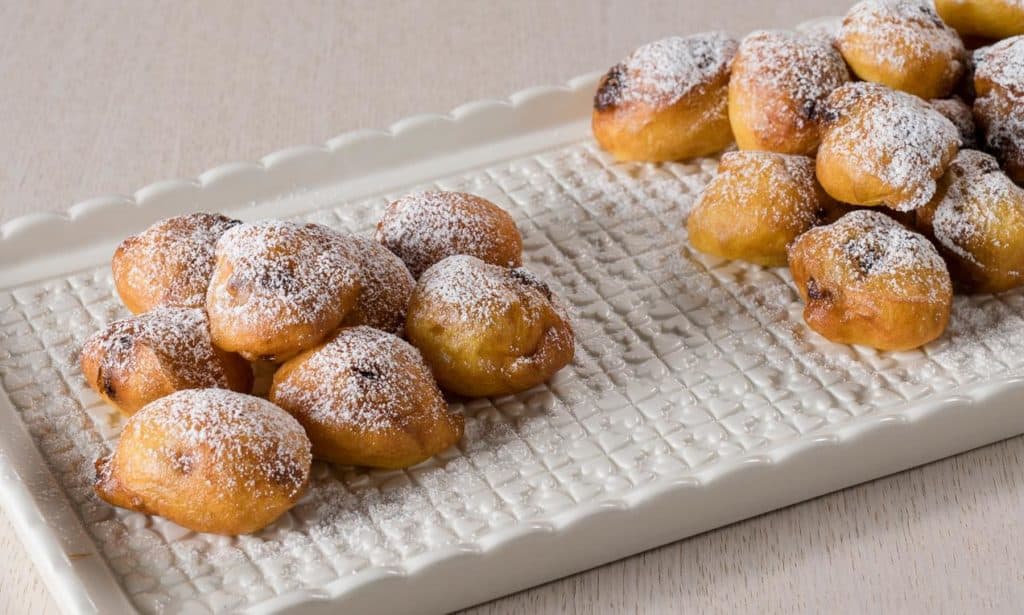
The traditional Volo dell’Angelo (Flight of the Angel) in Piazza San Marco
Sunday, February 24th, at 11 am (noon).
One of the most anticipated days of Carnevale is the Volo dell’Angelo
(Flight of the Angel). This event sees a beautiful girl descend from
the top of the bell tower to the ground of Piazza San Marco among the
applause of the many spectators that fill the Square, all with their
noses up in the air to follow her ‘flight’ down.
The exciting Flight of the Angel officially opens the Carnevale celebrations. Tradition sees that the winner of the “Festa delle Marie” (Marie contest) of last year’s Carnevale, Erika Chia, will be the Angel of the new 2019 Carnival.
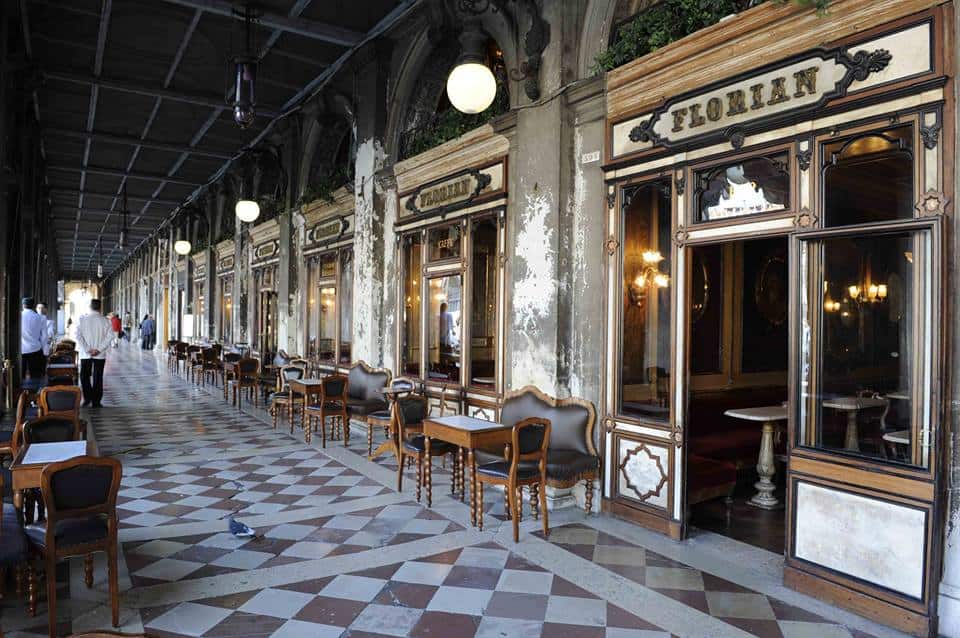
Do not miss the opportunity to taste a snack at Caffè Florian, the first cafe in the world, frequented by famous people like Casanova, Goldoni, and Canaletto. This is where the best masks and costumes meet!


